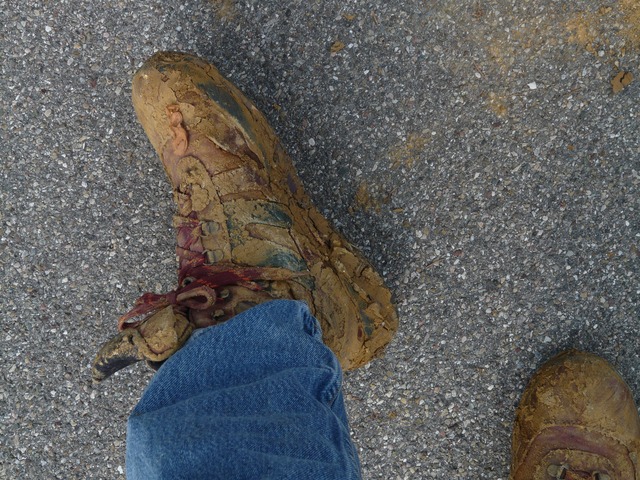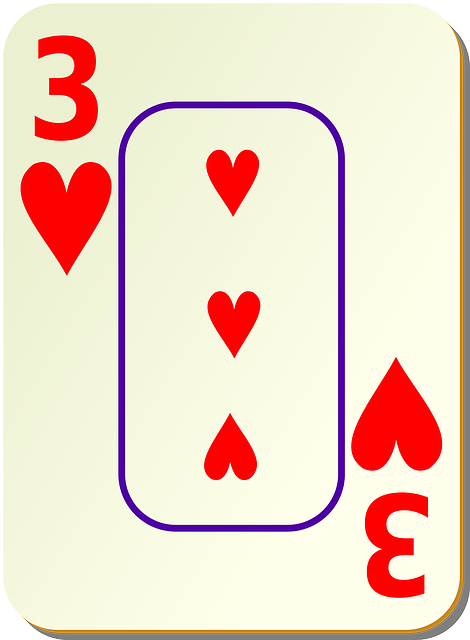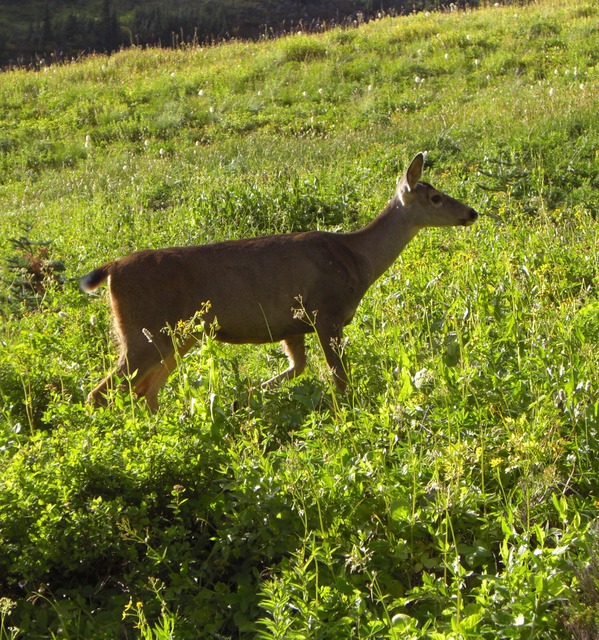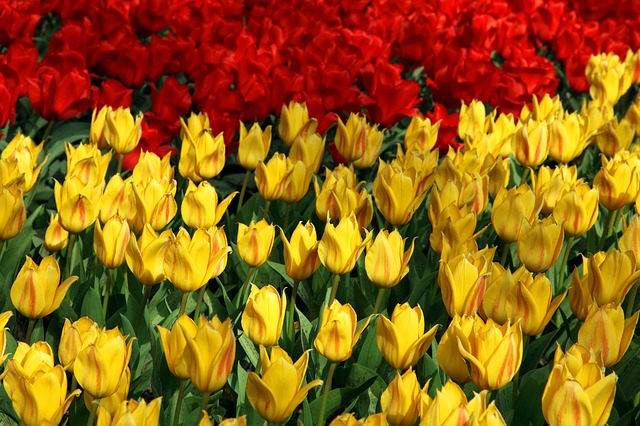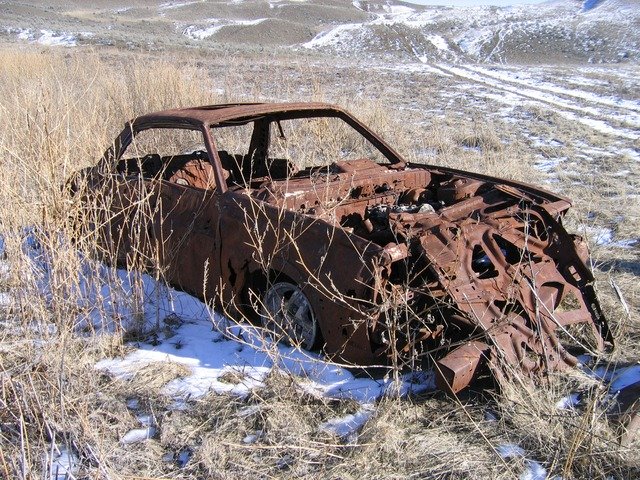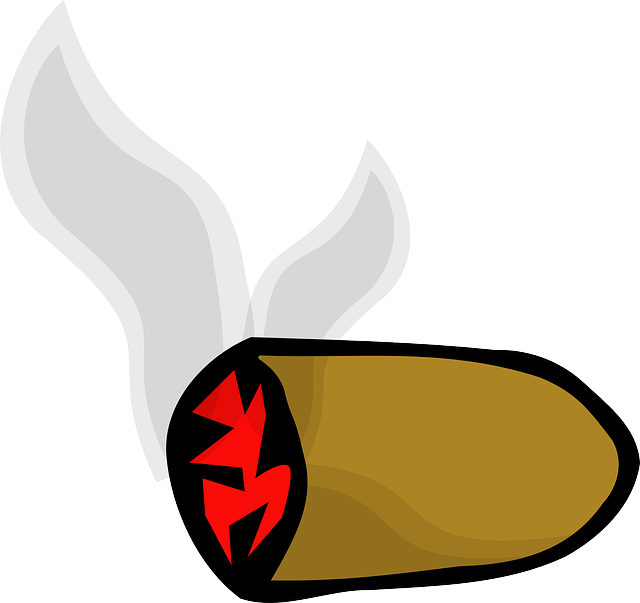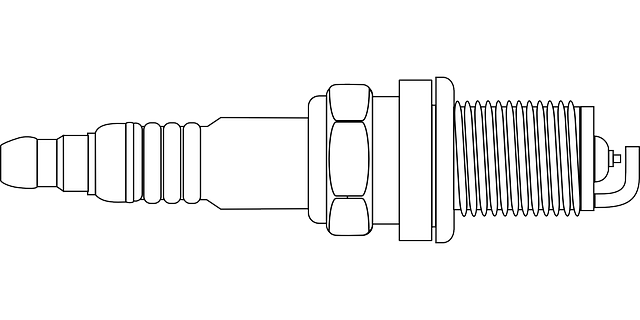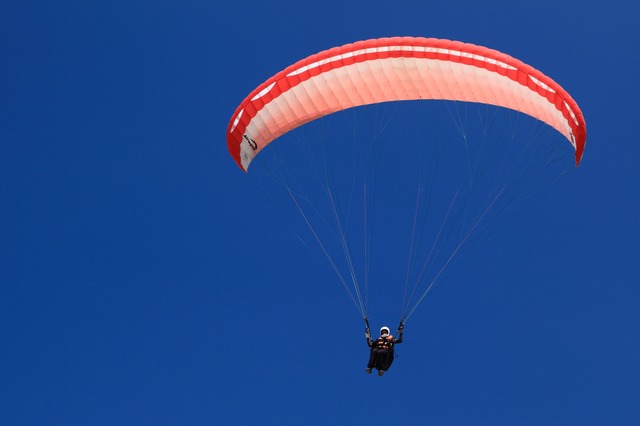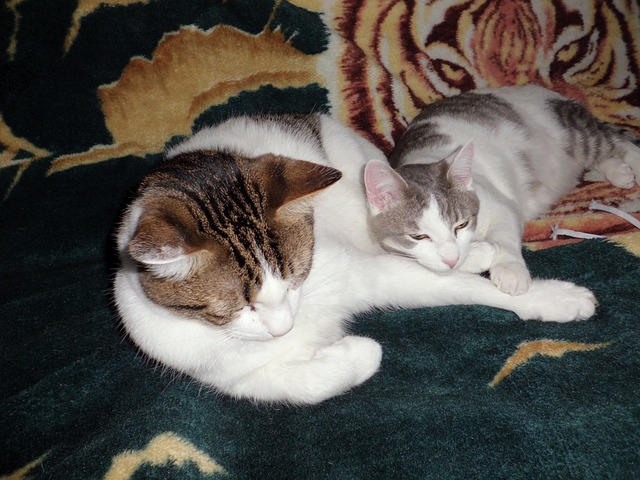الهندو-أوروپيون الأوائل
|
مواضيع هندو-اوروبية |
|---|
| اللغات الهندو-اوروبية |
|
الألبانية • الأرمنية • البلطيقية الكلتية • الجرمانية • اليونانية الهندو-إيرانية (الهندو-آرية, الإيرانية) الإيطالية • السلاڤية منقرضة: الأناضولية •
البلقانية القديمة (الداتشية, |
| الشعوب الهندو-اوروبية |
|
الألبان • الأرمن البلط • الكلت • الشعوب الجرمانية اليونان • الهندو-آريون الإيرانيون • اللاتين • السلاڤ تاريخياً: الأناضوليون (الحيثيون, لويون) |
| الهندو-اوروبية الأولية |
|
اللغة • المجتمع • الديانة |
|
فرضية الكورگان الأناضول • أرمنيا • الهند • PCT |
| الدراسات الهندو-اوروبية |
The Proto-Indo-Europeans were a hypothetical prehistoric people of Eurasia who spoke Proto-Indo-European (PIE), the ancestor of the Indo-European languages according to linguistic reconstruction.
Knowledge of them comes chiefly from that linguistic reconstruction, along with material evidence from archaeology and archaeogenetics. The Proto-Indo-Europeans likely lived during the late Neolithic, or roughly the 4th millennium BC. Mainstream scholarship places them in the Pontic–Caspian steppe zone in Eastern Europe (present day Ukraine and Russia). Some archaeologists would extend the time depth of PIE to the middle Neolithic (5500 to 4500 BC) or even the early Neolithic (7500 to 5500 BC), and suggest alternative location hypotheses.
By the early second millennium BC, offshoots of the Proto-Indo-Europeans had reached far and wide across Eurasia, including Anatolia (Hittites), the Aegean (the ancestors of Mycenaean Greece), the north of Europe (Corded Ware culture), the edges of Central Asia (Yamnaya culture), and southern Siberia (Afanasievo culture).
Culture
فرضيات أورهايمات
نظرية السهوب
الأصول من الشرق الأدنى
الفرضية الأرمنية
الفرضية الأرمنية، المبنية على glottalic theory, suggests that the Proto-Indo-European language was spoken during the 4th millennium BC in the Armenian Highland. This Indo-Hittite model does not include the Anatolian languages in its scenario. The phonological peculiarities of PIE proposed in the glottalic theory would be best preserved in the Armenian language and the Germanic languages, the former assuming the role of the dialect which remained in situ, implied to be particularly archaic in spite of its late attestation. Proto-Greek would be practically equivalent to Mycenean Greek and would date to the 17th century BC, closely associating Greek migration to Greece with the Indo-Aryan migration to India at about the same time (viz., Indo-European expansion at the transition to the Late Bronze Age, including the possibility of Indo-European Kassites). The Armenian hypothesis argues for the latest possible date of Proto-Indo-European (sans Anatolian), a full millennium later than the mainstream Kurgan hypothesis. In this, it figures as an opposite to the Anatolian hypothesis, in spite of the geographical proximity of the respective Urheimaten suggested, diverging from the time-frame suggested there by a full three millennia.
جبال زاگروس
الفرضي الأناضولية
Genetics
نطقب:Original research section
The rise of archaeogenetic evidence which uses genetic analysis to trace migration patterns also added new elements to the origins puzzle.
Kurgan hypothesis
R1b and R1a
Yamnaya culture
Eastern European hunter-gatherers
Near East population
The Near East population were most likely hunter-gatherers from the Caucasus (CHG) c.q. Iran Chalcolithic related people with a CHG-component.
See also
- Archaeogenetics
- Indo-Aryan migration
- Comparative linguistics
- Historical linguistics
- Paleolithic Continuity Theory
- Old European culture
- Proto-Indo-European language
- Proto-Indo-European religion
- Proto-Indo-European society
- Haplogroup I (Y-DNA)
- Origin of the Romanians#Paleogenetics
- Gravettian
Notes
References
- ^ Anthony, David W.; Ringe, Don (2015-01-01). "The Indo-European Homeland from Linguistic and Archaeological Perspectives". Annual Review of Linguistics. 1 (1): 199–219. doi:10.1146/annurev-linguist-030514-124812. ISSN 2333-9683.
- ^ Anthony, David W. (26 July 2010). The horse, the wheel, and language : how Bronze-Age riders from the Eurasian steppes shaped the modern world. Princeton, N.J. ISBN . OCLC 496275617.
- ^ Mallory, J. P.; Adams, Douglas Q. (1997). . Taylor & Francis. pp. 4 andستة (Afanasevo), 13 and 16 (Anatolia), 243 (Greece), 127–128 (Corded Ware), and 653 (Yamna). ISBN . Retrieved 24 March 2012.
- ^ Christopher I. Beckwith (2009). Empires of the Silk Road. Oxford University Press.
- ^ T. V. Gamkrelidze and V. V. Ivanov, "The Early History of Indo-European Languages", Scientific American (March 1990); I.M. Diakonoff, The Prehistory of the Armenian People (1984).
- ^ Jones 2015.
- ^ Lazaridis 2016, p. 8.
Sources
- Printed sources
- Anthony, David W.; Ringe, Don (2015-01-01). "The Indo-European Homeland from Linguistic and Archaeological Perspectives". Annual Review of Linguistics. 1 (1): 199–219. doi:10.1146/annurev-linguist-030514-124812. ISSN 2333-9683.
- Haak, W.; Lazaridis, I.; Patterson, N.; Rohland, N.; Mallick, S.; Llamas, B.; Brandt, G.; Nordenfelt, S.; Harney, E.; Stewardson, K.; Fu, Q.; Mittnik, A.; Bánffy, E.; Economou, C.; Francken, M.; Friederich, S.; Pena, R. G.; Hallgren, F.; Khartanovich, V.; Khokhlov, A.; Kunst, M.; Kuznetsov, P.; Meller, H.; Mochalov, O.; Moiseyev, V.; Nicklisch, N.; Pichler, S. L.; Risch, R.; Rojo Guerra, M. A.; et al. (2015). "Massive migration from the steppe was a source for Indo-European languages in Europe". Nature. 522 (7555): 207–211. arXiv:1502.02783. Bibcode:2015Natur.522..207H. bioRxiv 013433. doi:10.1038/nature14317. PMC 5048219. PMID 25731166.
- Jones, Eppie R. (2015). "Upper Palaeolithic genomes reveal deep roots of modern Eurasians". Nature Communications. 6: 8912. Bibcode:2015NatCo...6.8912J. doi:10.1038/ncomms9912. PMC 4660371. PMID 26567969.
- Lazaridis, Iosif (2014). "Ancient human genomes suggest three ancestral populations for present-day Europeans". Nature. 513 (7518): 409–413. arXiv:1312.6639. Bibcode:2014Natur.513..409L. doi:10.1038/nature13673. hdl:11336/30563. PMC 4170574. PMID 25230663.
- نطقب:Cite biorxiv
- Mallory, J.P. (1989), In Search of the Indo-Europeans: Language, Archaeology, and Myth, London: Thames & Hudson, ISBN 0-500-27616-1.
- Strazny, Philipp (Ed). (2000), Dictionary of Historical and Comparative Linguistics (1 ed.), Routledge, ISBN 978-1-57958-218-0
- Watkins, Calvert (2000), "Indo-European and the Indo-Europeans", The American Heritage Dictionary of the English Language (4th ed.), Houghton Mifflin Company
- Web-sources
Further reading
- Anthony, David W. (2007). . Princeton University Press. ISBN .
- Atkinson, Q. D.; Nicholls, G.; Welch, D.; Gray, R. D. (2005). "From Words to Dates: Water into wine, mathemagic or phylogenetic inference?". Transactions of the Philological Society. 103 (2): 193–219. doi:10.1111/j.1467-968X.2005.00151.x.
- Cavalli-Sforza, Luigi; Seielstad, Mark (2000). Genes, Peoples, and Languages. Proceedings of the National Academy of Sciences of the United States of America. 94. Harmondsworth: Penguin Books. pp. 7719–7724. doi:10.1073/pnas.94.15.7719. ISBN . PMC 33682. PMID 9223254..
- Gray, Russell D.; Atkinson, Quentin D. (2003). "Language-tree divergence times support the Anatolian theory of Indo-European origin" (PDF). Nature. 426 (6965): 435–439. Bibcode:2003Natur.426..435G. doi:10.1038/nature02029. PMID 14647380..
- Holm, Hans J. (2007). "The new Arboretum of Indo-European 'Trees'. Can new Algorithms Reveal the Phylogeny and even Prehistory of IE?" Journal of Quantitative Linguistics 14–2:167–214.
- Mallory, J.P. (1989). In Search of the Indo-Europeans: Language, Archaeology, and Myth. London: Thames & Hudson. ISBN ..
- Piazza, Alberto; Cavalli-Sforza, Luigi (15 April 2006). "Diffusion of Genes and Languages in Human Evolution". In Cangelosi, Angelo; Smith, Andrew D M; Smith, Kenny (eds.). . Rome: World Scientific. pp. 255–266. Archived from the original onعشرة September 2007. Retrieved 8 August 2007..
- Renfrew, Colin (1987). Archaeology & Language. The Puzzle of the Indo-European Origins. London: Jonathan Cape. ISBN 0-224-02495-7
- Sykes, Brian. (2001) The Seven Daughters of Eve. London: Corgi Books.
- Watkins, Calvert. (1995) How to Kill a Dragon: Aspects of Indo-European Poetics. New York: Oxford University Press.
- Wells, Spencer (2002). The Journey of Man: A Genetic Odyssey. Princeton University Press.
External links
قاموس الفهم.
قاموس الفهم.
- Indo-European Roots Index at the Wayback Machine (archived 22 January 2009) from The American Heritage Dictionary
- Kurgan culture
- "The Actual Achievements of Early Indo-Europeans, in Accurate Historical Context (2013)". Beckwith, Christopher I. University of California.
- Genetics
- Ancient DNA and the Indo-European Question
- R1a and R1b as markers of the Proto-Indo-European expansion: a review of ancient DNA evidence


